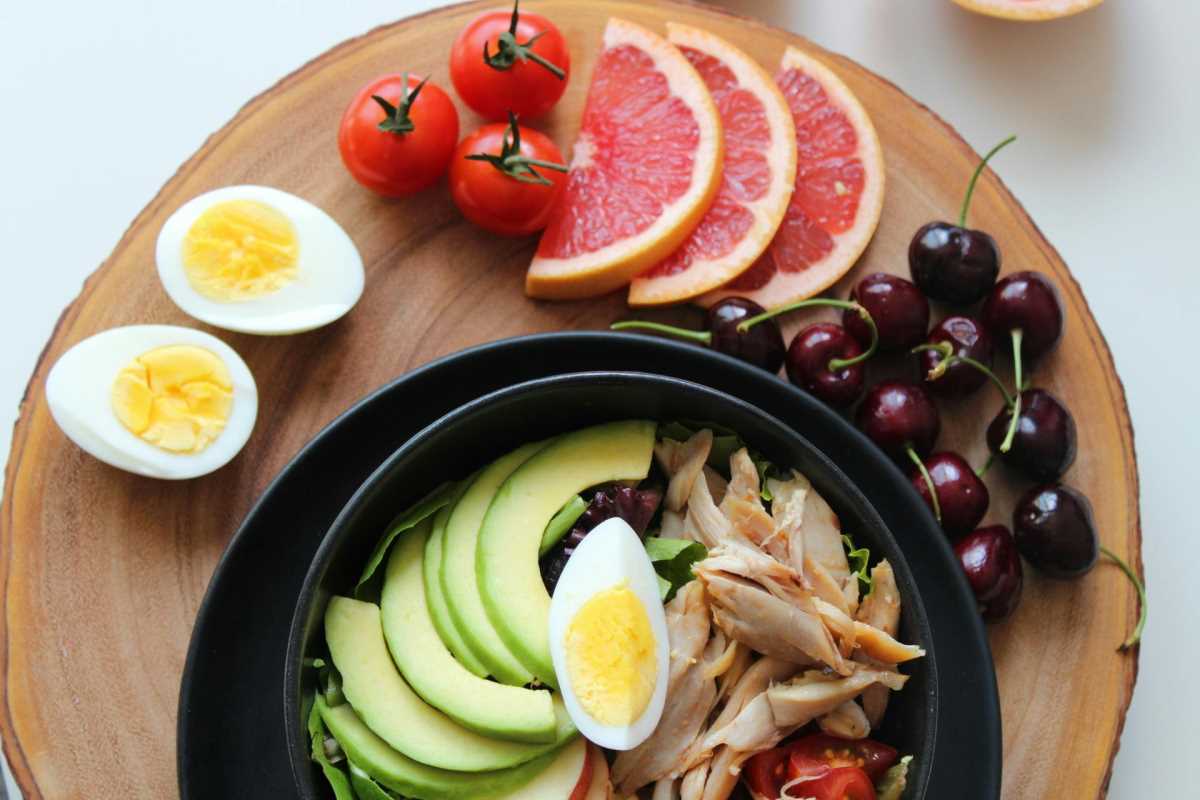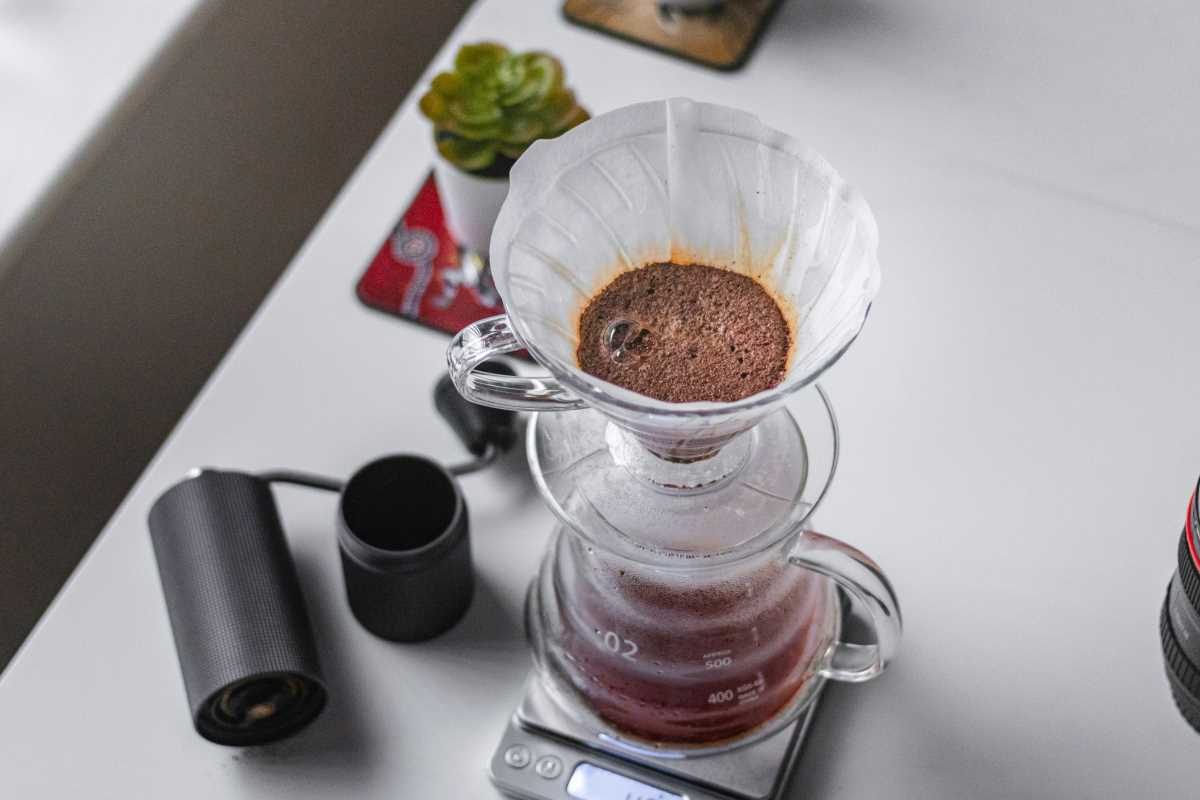From colorful kale salads to bright berry smoothies, superfoods are everywhere. They dominate grocery store aisles, fill up Instagram feeds, and are the stars of wellness blogs. But what exactly are superfoods, and do they truly deserve their pedestal in the health world? Understanding this buzzword can help you decide whether these nutrient-packed foods are essential or just another trend with clever marketing.
Here’s everything you need to know about superfoods, their benefits, and how they fit into a balanced diet.
What Are Superfoods?
The term "superfood" is not a scientific classification. Rather, it’s used to describe foods packed with nutrients like vitamins, minerals, antioxidants, and other compounds believed to support good health. Superfoods are often celebrated for their health-promoting properties and are linked to various benefits like better heart health, improved digestion, and stronger immunity.
These foods are typically whole, plant-based items, but some include fish and dairy products. While the term gained popularity as a marketing buzzword, evidence often backed the nutritional properties behind qualifying foods.
Characteristics of a Superfood
Superfoods are generally:
- Nutrient-Dense: They pack a high concentration of nutrients relative to their calorie content.
- Rich in Antioxidants: These compounds fight free radicals in your body and may reduce inflammation or slow aging.
- Linked to Health Benefits: Studies often highlight their contribution to lowering risks of chronic diseases like heart disease, diabetes, or cancer.
But are these foods the ultimate key to health? To answer that, we need to look at popular superfoods and what they bring to the table.
Popular Superfoods and Their Nutritional Benefits
Here are some well-known superfoods and why they’ve earned their reputation. Each of these offers specific health perks when incorporated into a balanced diet.
1. Kale
This leafy green made its way from farmer's markets to fine-dining menus, sparking a global health trend. Kale is loaded with:
- Vitamins A, C, and K
Good for vision, skin health, and blood clotting.
- Calcium
Essential for bone health.
- Antioxidants
Like quercetin and kaempferol, which may reduce inflammation and support overall wellness.
Why it stands out: Kale's low calorie yet high nutrient profile makes it a go-to for weight-conscious eaters and everyone seeking a nutrient boost.
2. Quinoa
Quinoa isn’t just trendy—it’s nutritionally unique. This seed is:
- A Complete Protein
Unlike most plant foods, quinoa contains all nine essential amino acids.
- High in Fiber
Supports digestion and maintains steady energy levels.
- Packed with Magnesium, Iron, and Zinc
Crucial for muscle and nerve function, oxygen transport, and immune health.
Why it’s loved: Quinoa is gluten-free, versatile, and hearty enough to replace grains in many recipes.
3. Blueberries
Small but mighty, blueberries are a powerhouse when it comes to antioxidants. They’re rich in:
- Vitamin C
Supports immune function and skin health.
- Anthocyanins
A type of antioxidant linked to brain health and memory support.
Why they’re a favorite: Their natural sweetness makes them a delicious, guilt-free way to satisfy a sweet tooth while benefiting your health.
4. Chia Seeds
These tiny seeds may look insignificant, but they deliver massive nutritional benefits:
- Rich in Omega-3 Fatty Acids
Essential fats that promote heart and brain health.
- High in Fiber
Keeps digestion smooth and supports a feeling of fullness.
- Excellent Source of Protein
A plant-based option for boosting muscle repair and growth.
What makes them special? Their gel-forming ability makes chia perfect for puddings, smoothies, or even as an egg substitute in vegan recipes.
Other Noteworthy Superfoods
While the examples above get the most attention, others like avocado, salmon, spirulina, matcha, and acai berries are also worth mention. Each contributes unique nutrients and benefits, making them easy to mix and match with your needs.
The Role of Marketing in the Superfood Craze
The word "superfood" has undoubtedly grown into a marketing tool, often used to elevate simple foods into health must-haves. But this can sometimes lead to misconceptions.
Hype vs. Reality
Superfoods are certainly nutritious, but they are not magic bullets. Eating blueberries won't instantly improve brain power, nor will kale alone cure chronic illness. The key lies in a broad dietary approach—no one food can provide every nutrient your body needs.
Accessibility Concerns
Some superfoods are exotic, expensive, or hard to find, which may lead people to believe that health and wellness come with a hefty price tag. However, many nutrient-dense options, like chickpeas, sweet potatoes, and broccoli, can be just as beneficial yet are budget-friendly and widely accessible.
The takeaway? While the marketing spotlight falls on trendy superfoods, plenty of everyday foods can meet your nutritional needs without the superfood label.
Are Superfoods Essential for a Healthy Diet?
The idea of superfoods can be motivating, encouraging people to rethink their approach to nutrition. But it’s important to maintain perspective.
- Variety Over Exclusivity
Focusing solely on superfoods can lead to neglecting other vital components of your diet. A truly well-balanced plate should include a mix of proteins, healthy fats, whole grains, and a rainbow of fruits and vegetables.
- Whole Foods Over Processed Versions
Many superfoods are sold as powders, juices, or supplements. While these may retain some benefits, whole forms of food typically have higher nutritional value and fewer added sugars or preservatives.
- Enjoyment and Sustainability Matter
For long-term health, it’s better to build a diet you enjoy rather than chasing trends. For instance, if you dislike kale, you can easily swap it out for spinach or Swiss chard without sacrificing nutrients.
It’s less about finding the "perfect food" and more about consistency and balance in your eating habits.
How to Make Superfoods Work for You
If you love superfoods and want to incorporate them into your diet, here’s how to do it the right way:
- Pair Them with Other Healthy Foods
Kale salads, chia smoothies, and quinoa bowls shine brightest when paired with lean proteins, healthy fats, and other veggies.
- Don’t Break the Bank
Not every superfood needs to be exotic. Focus on affordable, nutrient-rich basics like beans, oats, and frozen produce.
- Stay Skeptical of Claims
While superfoods are healthy, they can’t replace a balanced diet or act as miracles cures.
- Experiment in the Kitchen
Cooking with superfoods should be enjoyable! Treat them as ingredients to inspire creativity rather than must-haves.
- Prioritize Consistency
Health is built over time from regular habits—not by eating a few "super" foods occasionally.
 (Image via
(Image via





